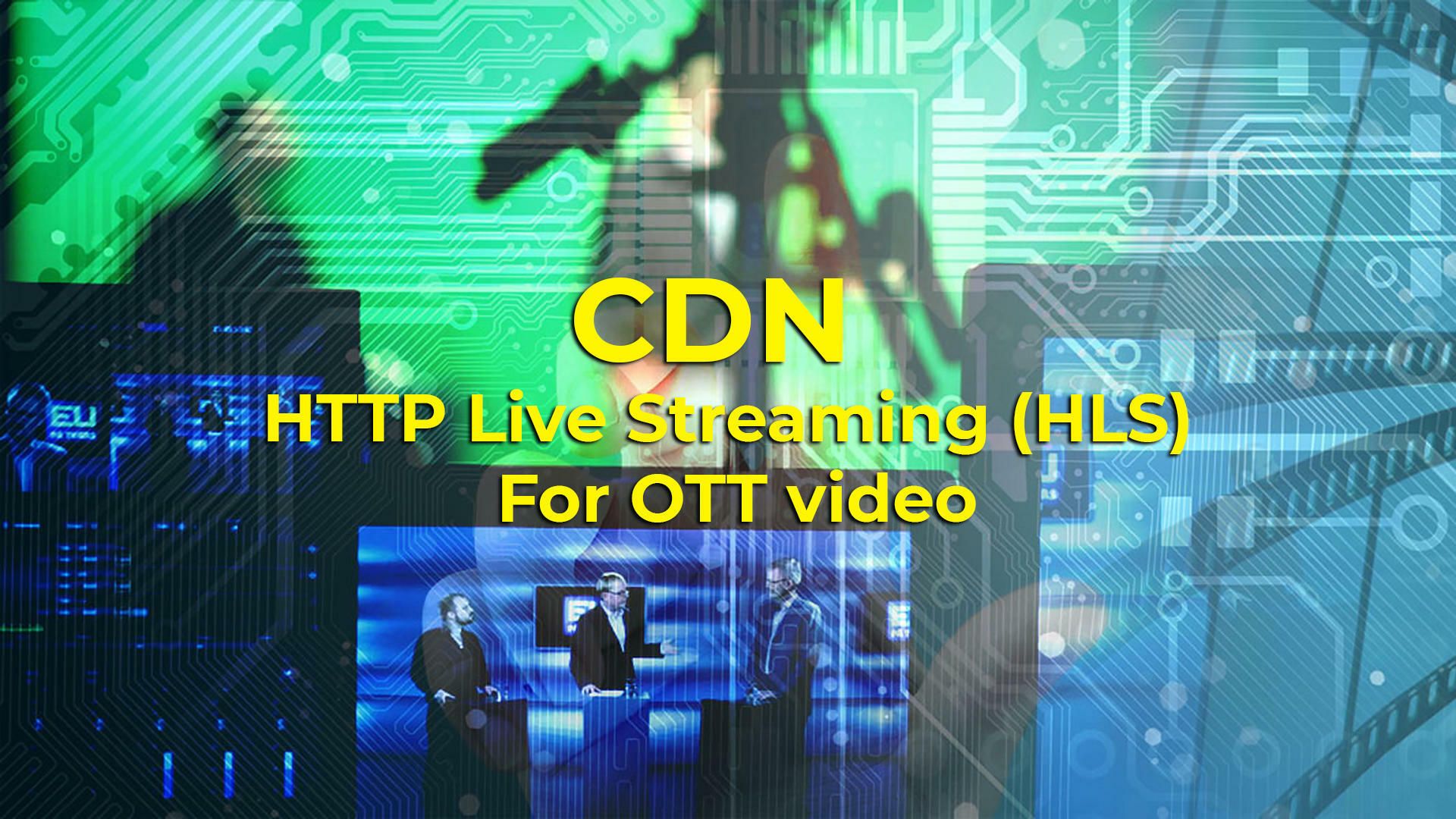What is HTTP Live Streaming (HLS)?
HLS streaming, or HTTP Live Streaming, is the most widely used protocol for video streaming today. It functions as an Adaptive Bitrate Delivery service, distributing videos at various quality levels.
HLS simplifies live streaming over HTTP, ensuring the best video experience for users across all devices, anytime, anywhere.

The specific benefits of HLS streaming include:
- Since most firewalls and proxies support HTTP traffic, HLS streaming delivers videos to viewers more effectively thanks to its HTTP-based protocol.
- Many users watch videos on Apple’s smart devices, which seamlessly handle HLS streaming.
- Web players like JW Player or Flowplayer, which once relied on Flash-based RTMP streaming, are now outdated. They’ve shifted to HTTP, a protocol natively supported by HLS.
- HLS streaming now also supports video playback on Android devices, similar to Apple devices.
CDN HLS streaming ensures the lowest video latency
HLS supports all servers
Whether for VOD (Video on Demand) or live streaming, HLS streaming relies on the HTTP protocol, making it compatible with any web server for streaming purposes.


Live streaming video transcoding process
Two main processes that consume server resources are:
Encoding: Videos are reformatted to ensure compatibility with various video formats across users’ online viewing devices. HLS uses H.264 or H.265 for video encoding.
Segmenting: Videos are divided into small segments, typically a few seconds long. While the standard is 10 seconds, segment length can be customized as needed.
In addition to segmenting videos, HLS creates an index file to store the sequence of these segments.
HLS also generates copies of these segments at different quality levels, such as 480p, 720p, and 1080p.
HLS supports video content distribution
Encoded video segments are delivered to users’ devices via the internet when they request streaming content. This content, whether VOD or live streaming, is hosted on a business’s website. Naturally, CDN technology is essential to distribute this streaming content globally at the fastest speeds. CDNs support formats like MP4, HLS, and MPEG-DASH, which are common video file formats on modern devices.
HLS supports all client devices
When users access devices like smartphones or laptops with an internet connection, these devices rely on the index file to play videos in the correct sequence. Additionally, video quality can dynamically switch from high to low as needed.
Looking for a dedicated CDN video streaming provider for your business’s live streaming needs? Explore VNCDN’s video CDN service.
CDN HLS streaming tailored for OTT video
VNCDN is one of Asia’s leading CDN providers, offering high-security platforms and a global CDN network. Spanning 23 countries, VNCDN’s CDN system ensures viewers worldwide receive high-quality, fast video streaming.
VNCDN specializes in services like live event streaming, RTMP streaming, and HD video on demand. It guarantees accelerated media delivery and live streaming, reaching global users efficiently and securely.
VNCDN also provides cloud video storage, video encoding, and streaming services adaptable to various internet conditions, ensuring fast, secure, and reliable video delivery.
Used by thousands of businesses in fields like startups, streaming, e-commerce, gaming, and OTT video, VNCDN enhances content delivery speed to end-users, ensuring real-time streaming.
VNCDN commits to live streaming video speeds under 3 seconds
For any questions about HLS streaming, website security, DDoS protection, or data center services, please leave a message, and our experts will assist you.
